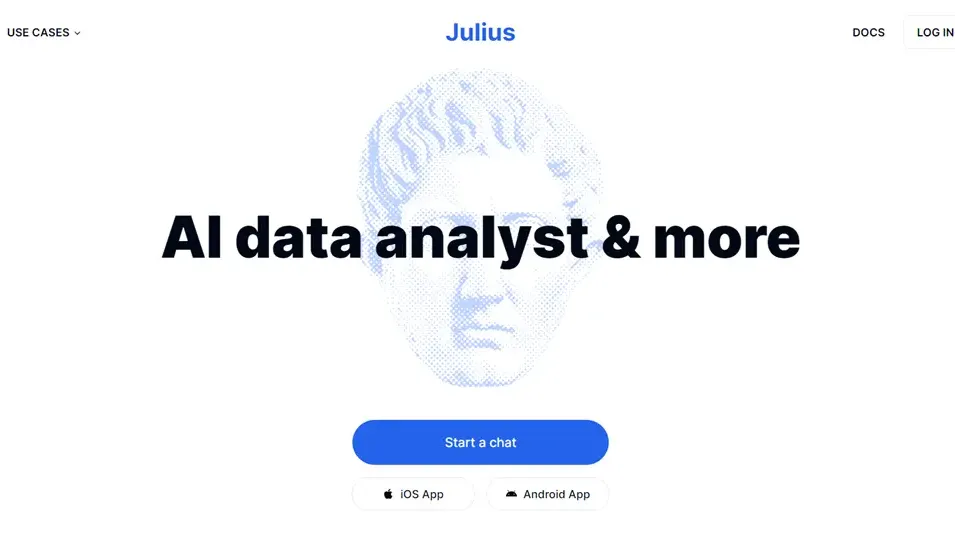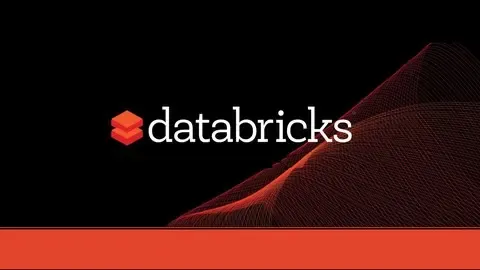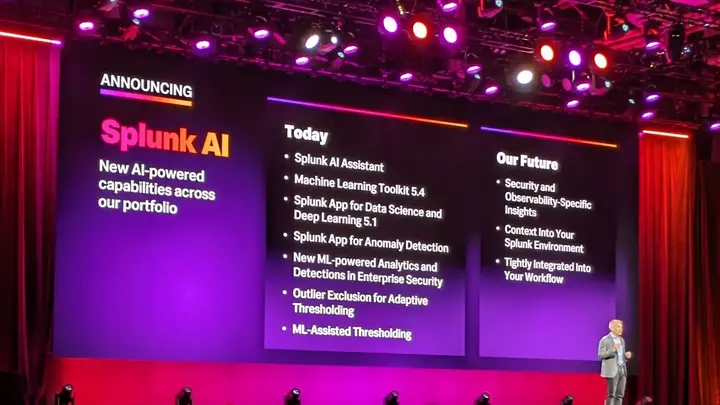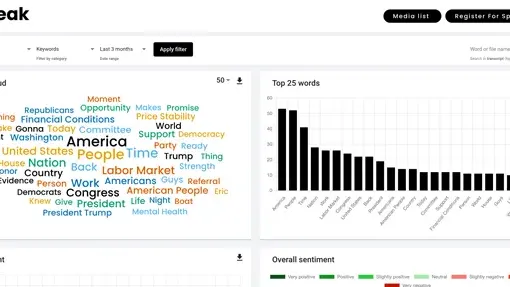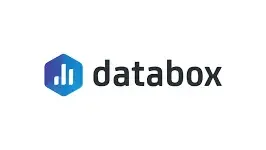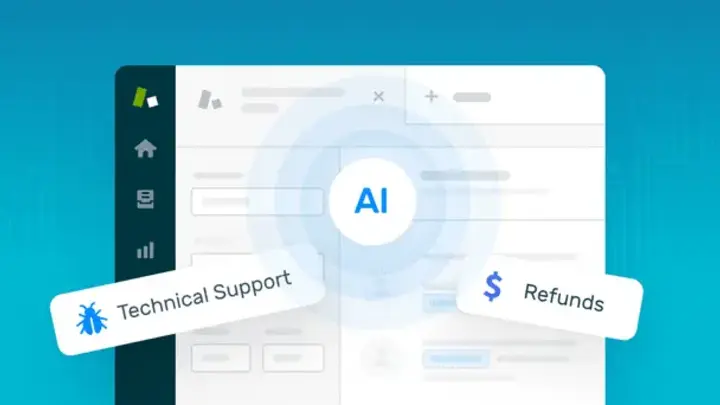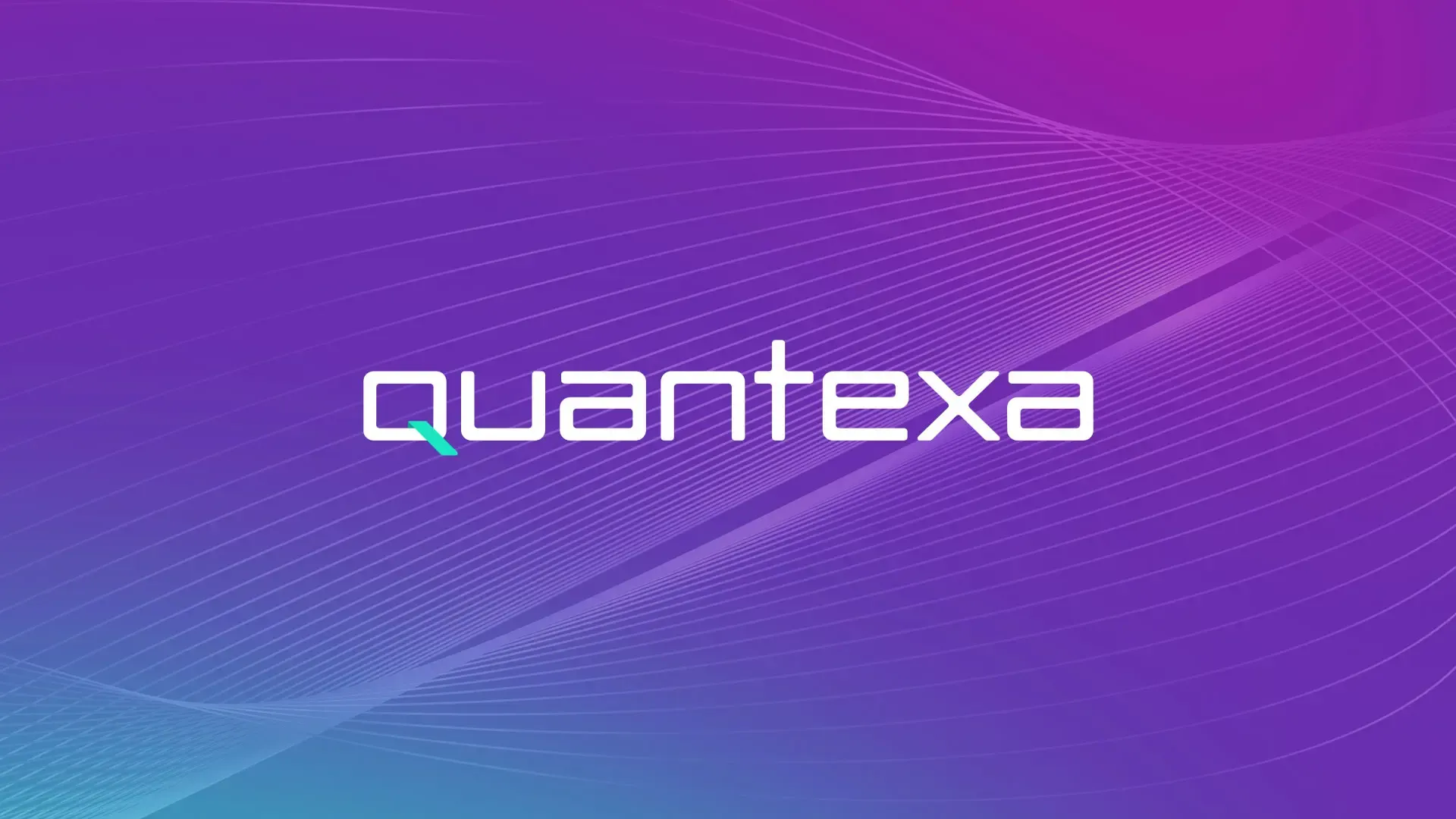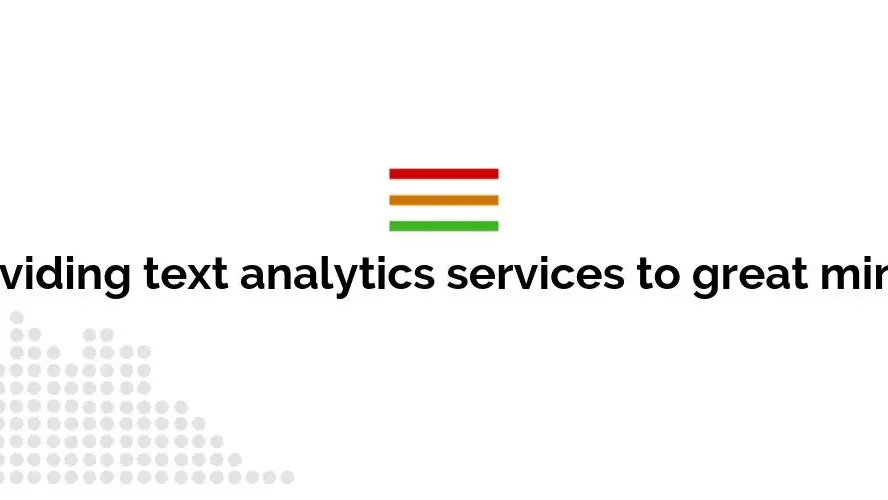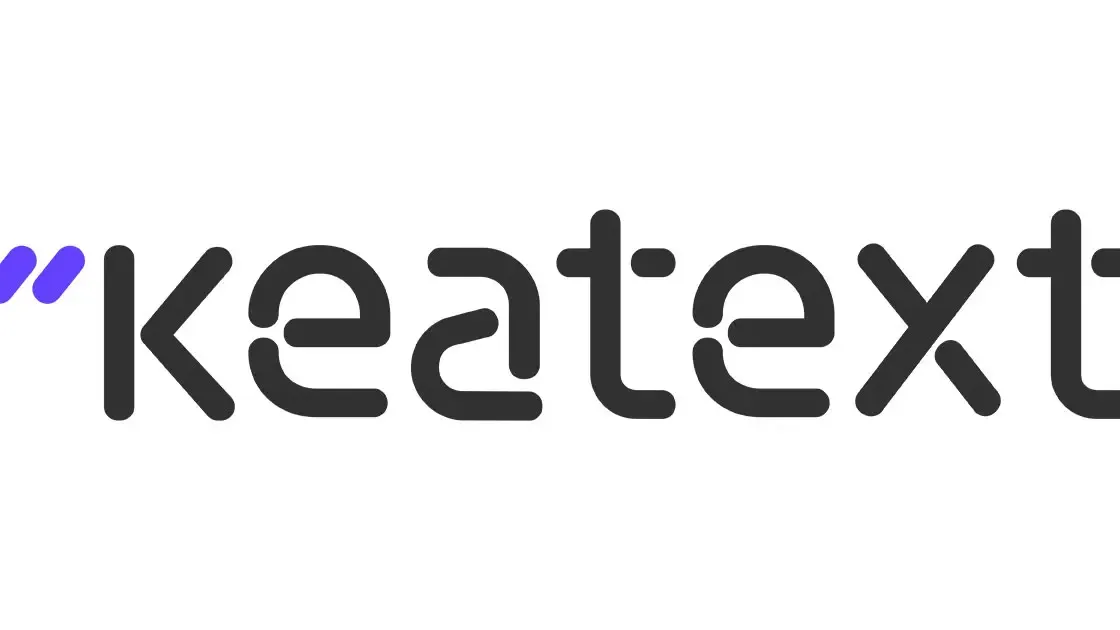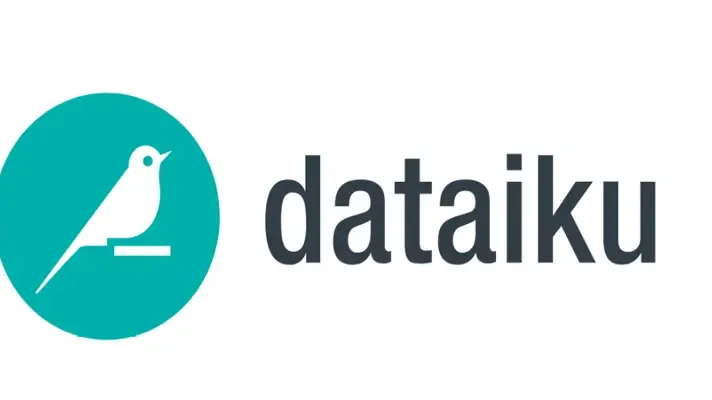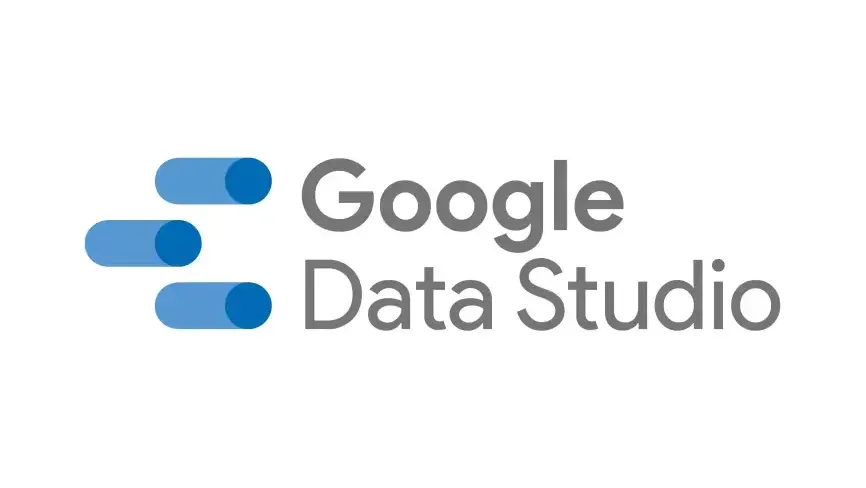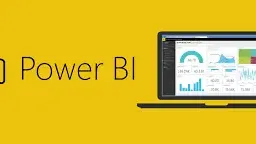How to Use Julius AI for Data Analysis: Your AI Data Analyst Guide
Unlock the power of Julius AI, the intuitive platform designed to simplify data analysis for experts and novices alike. This guide explores everything from setting up Julius AI to leveraging its advanced features for meaningful insights. Dive in to see how Julius AI can revolutionize your data-driven decisions.
What is Julius AI and Why is it Important for Data Analysis?
What is Julius AI?
Julius AI is an AI-powered platform designed to make data analysis accessible to all. It combines natural language processing and advanced analytics to transform raw data into expert-level insights. Whether you’re a seasoned data analyst or just starting out, Julius AI offers tools to simplify your workflow and deliver actionable results.
How Does Julius AI Work?
Julius AI uses state-of-the-art computational AI to process and analyze various datasets. By uploading files or connecting to external sources like Google Sheets, users can unlock its capabilities, including visualizing complex data, generating forecasts, and performing statistical analysis with minimal effort.
Why Should You Choose Julius AI for Data Analysis?
Julius AI stands out because of its:
-
Intuitive interface that makes it user-friendly.
-
Wide range of supported data formats.
-
Ability to visualize and analyze complex datasets.
-
Automation features for repetitive tasks, enhancing productivity.
Getting Started with Julius AI: What Do You Need?
What Are the System Requirements for Julius AI?
Julius AI runs on most modern devices and supports:
-
Browsers like Chrome or Firefox.
-
Minimum 4GB RAM for optimal performance.
-
A stable internet connection for cloud-based features.
How Do You Sign Up for Julius AI?
-
Visit the Julius AI website.
-
Choose a plan: Lite, Pro, or Enterprise.
-
Complete the registration process by providing your email and billing details.
-
Access the platform immediately after sign-up.
What Data Formats Does Julius AI Support?
Julius AI supports:
-
CSV files.
-
Excel spreadsheets.
-
Google Sheets integration.
-
Various database connections.
How to Set Up Your First Data Analysis Project with Julius AI
How Do You Import Data into Julius AI?
-
Log in to the Julius AI dashboard.
-
Click on the Import Data option.
-
Upload files in supported formats or connect to an external data source like Google Sheets.
-
Preview your dataset to ensure proper structure.
What Steps Should You Follow to Prepare Your Data?
-
Clean raw data by removing duplicates or irrelevant entries.
-
Standardize data formats to ensure compatibility.
-
Tailor your dataset for specific analysis goals.
How Can You Define Your Analysis Goals?
Clearly outline what you want to achieve, such as:
-
Identifying trends or patterns.
-
Building forecasting models.
-
Generating actionable insights to make informed decisions.
What Features Does Julius AI Offer for Data Analysis?
How Can You Use Natural Language Processing in Julius AI?
Julius AI’s chat feature allows you to interact using natural language prompts. For example:
-
Ask specific questions about your data.
-
Request summaries, trends, or forecasts.
What Visualization Tools Are Available in Julius AI?
Julius AI simplifies complex data visualization with:
-
Charts and graphs for trends and relationships.
-
Tools to create and customize data visualizations.
-
Options to export visuals for presentations.
How Can You Automate Reporting with Julius AI?
Use Julius AI to:
-
Generate comprehensive reports.
-
Schedule recurring tasks, ensuring consistent updates.
-
Share reports directly with stakeholders, enhancing productivity.
How to Interpret Results from Julius AI
What Metrics Should You Look for in Your Analysis Results?
Focus on:
-
Key performance indicators (KPIs).
-
Statistical metrics like regression coefficients.
-
Predictive accuracy for forecasting models.
How Do You Validate the Findings from Julius AI?
-
Compare results with historical data.
-
Cross-check with alternative methods or tools.
-
Seek expert feedback to ensure robustness.
What Are Common Pitfalls to Avoid When Analyzing Data with AI?
-
Relying solely on AI without domain expertise.
-
Ignoring data privacy and ethical considerations.
-
Overfitting models to match specific datasets.
How to Optimize Your Data Analysis Workflow with Julius AI
What Best Practices Should You Follow for Efficient Data Analysis?
-
Keep your datasets clean and updated.
-
Leverage Julius AI’s automation features for repetitive tasks.
-
Regularly review and refine your analysis goals.
How Can You Integrate Julius AI with Other Tools?
Julius AI supports seamless integration with:
-
Google Sheets and Excel.
-
Business intelligence tools for advanced analytics.
-
APIs to connect with custom applications.
What Resources Are Available for Further Learning?
-
Julius AI’s knowledge base and tutorials.
-
Webinars and online courses.
-
Customer support for technical queries.
Conclusion: Is Julius AI the Right Choice for Your Data Analysis Needs?
What Are the Key Takeaways About Using Julius AI?
-
Julius AI offers an intuitive platform to simplify data analysis.
-
It supports various data formats, making it versatile for different use cases.
-
Its features like automation, visualization, and natural language processing empower users to derive meaningful insights efficiently.
How Can You Get Started Today?
-
Sign up for a free trial.
-
Explore its features with a sample dataset.
-
Scale your workflow by subscribing to a paid plan that suits your needs.
Pricing Table
| Plan | Features | Price (per month) |
|---|---|---|
| Lite | Basic analytics, up to 10,000 rows per file | $19.99 |
| Pro | Advanced analytics, 50,000 rows, automation features | $49.99 |
| Enterprise | Unlimited rows, integrations, priority customer support | Contact for quote |
By leveraging Julius AI, you can analyze data, generate insights, and enhance your productivity like never before. Let Julius AI be your go-to tool for all data analysis needs.
